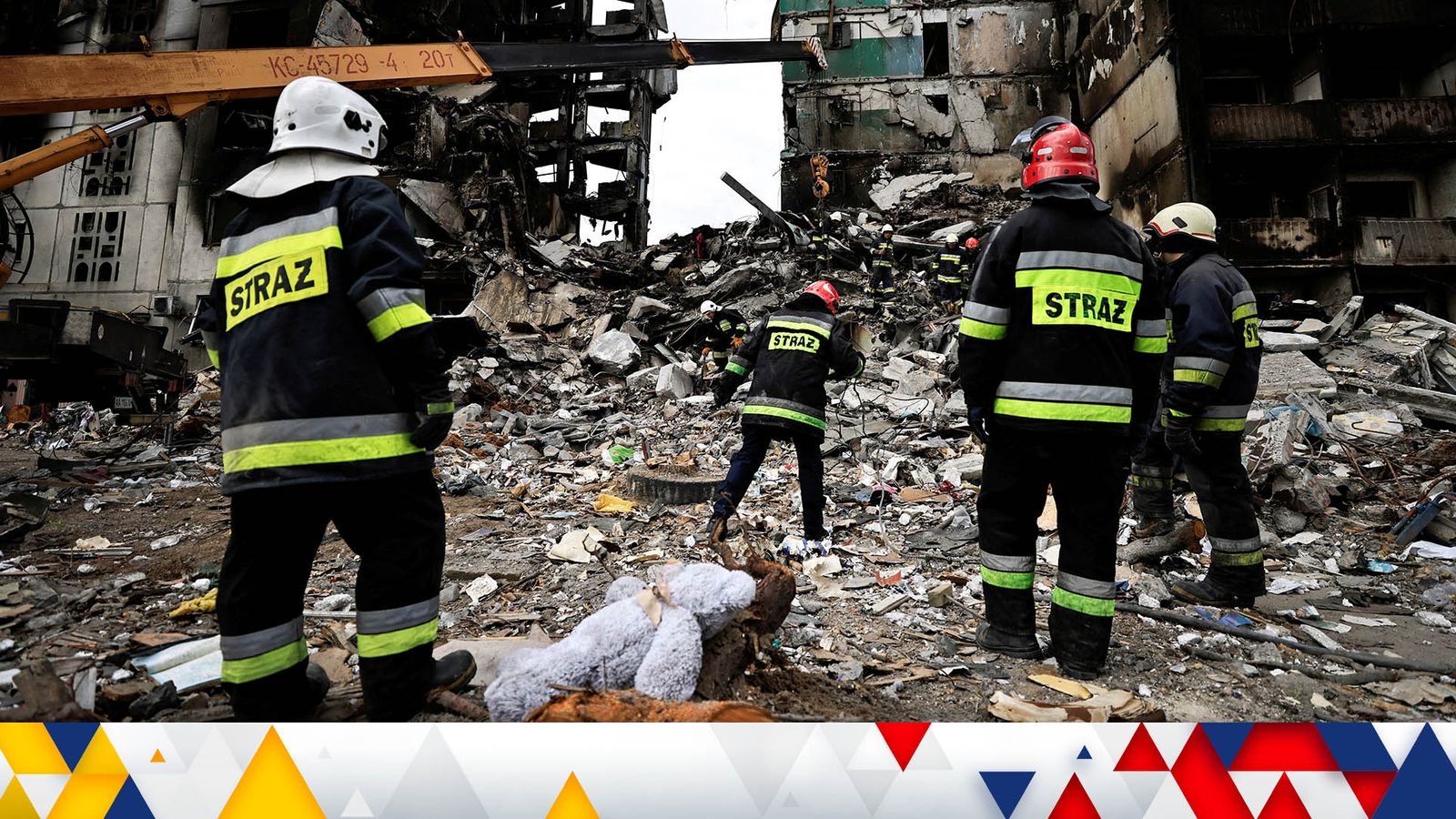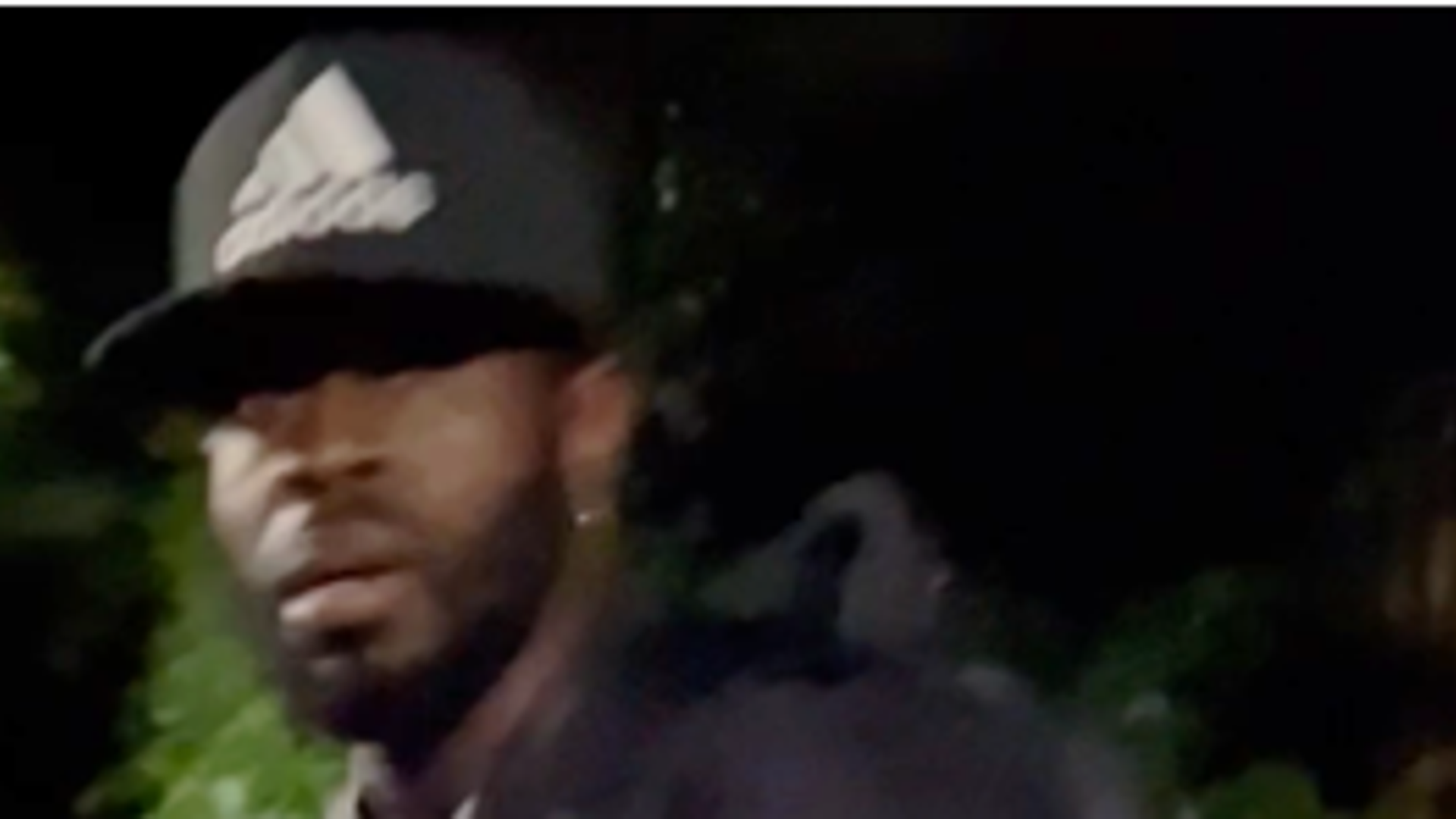Russia is concentrating its firepower on the southeast of Ukraine in a new phase of the war that could see up to three times as many Russian troops in the Donbas region.
Ukraine’s military, after defeating a Russian attempt to storm the capital Kyiv and forcing Russian soldiers to withdraw from across the north of the country, must now also shift their focus to reinforcing southern and eastern flanks.
A number of units are already thought to be redeploying eastwards from around the Kyiv region and preparing for what is being called the “battle for Donbas”.
The precise timing of the new offensive is not clear. Some Western and Ukrainian sources expected it to begin imminently – as soon as the weekend just past, but others said it could take longer for Russia to be ready.
“The Russians are going to have the re-equip and refurbish their units, incorporate fresh personnel and generally organise themselves to make their fresh attack,” a Western official said on Monday.
“When they will do that I don’t know. It will presumably take a bit of time.”
Supply of weapons from Western allies all the more critical
Ukraine war: ‘People get nabbed’ – Kherson refugees tell of life under Russian occupation
Ukraine war: Russia could use white phosphorus in Mariupol, Ministry of Defence warns
Artem Severiukhin: Russian karting driver, 15, sacked and under FIA investigation after appearing to make Nazi salute on podium
When it comes, the next phase of the war looks set to be an even harder challenge for the Ukrainian armed forces than what they have so far endured over the past near-seven weeks of war.
This will especially be the case if the Russian side is able to overcome logistical challenges and draw on its superior numbers of tanks and artillery.
This makes the supply from Western allies of increasingly lethal weapons all the more critical if the Ukrainian armed forces are to defeat this second wave.
“It’s true to say that Ukraine won the battle for Kyiv. Now, another battle is coming, the battle for Donbas,” Ukraine’s foreign minister, Dmytro Kuleba, told NBC’s “Meet the Press”.
“And, of course, we are preparing to it, working with our partners to get all necessary weapons, and literally basically everything that one needs to win a battle.”
On the wish list are items such as warplanes, tanks, anti-ship missiles and “suicide drones” – single use drones, armed with explosives that can be crashed into Russian tanks, air defence systems and other weapons.
Russia seeking a ‘win’ by 9 May?
Russian President Vladimir Putin may be hoping to be able to present his people with some kind of win in Ukraine by 9 May – the most important military date in the Russian calendar known as Victory Day, marking the surrender of Nazi Germany at the end of the Second World War. It is commemorated annually with a large military parade through Red Square in Moscow.
However, Western officials are doubtful Russia’s troops – suffering from major losses in numbers, equipment and morale – will be able to secure any meaningful gains in such a relatively short space of time given the difficulties they have already encountered.
“The execution of the Russian plan has been a failure at this point and they are having to readjust,” a Western official said on Monday.
“The strategy is obviously being adjusted and diminished considerably from where they started off.”
Kremlin appoints new general to lead operation in Ukraine
It is likely though that Russian forces will have learnt from their failures in the battle for Kyiv and will be readjusting.
Moscow is said to have appointed a new general, with a reputation for brutality, to lead the operation in Ukraine – signalling a new attempt to coordinate Russia’s attack-plan better.
General Alexander Dvornikov most recently led Russian forces in Syria, where they conducted a ruthless campaign against civilians in support of the Syrian troops of dictator Bashar al-Assad. Syrian forces during that time deployed chemical weapons.
A second Western official said Russia will probably increase the number of soldiers it uses to target the Donbas region.
It covers the regions of Luhansk and Donetsk, which Moscow declared to be independent just before launching its invasion on 24 February. The area has been a warzone for the past eight years as Russia-backed separatists have fought Ukrainian government forces but nothing like on the scale of what is anticipated.
‘It’s around how you can bring the force to bear’
“You’re looking at a force which is probably, the Russians looking to double or perhaps treble the amount of force that they bring into that Donbas area,” the Western official said.
“But I would note that that is going to take some considerable time to bring themselves up to that sort of number and even when they bring themselves to that number there is a question as to how effectively they can bring those forces into the battle… It’s around how you can bring the force to bear at the point of decision, which is really important.”
The tougher the battle, though, the greater the chance that Russian forces resort to unconventional methods, such as the deployment of chemical weapons.
It perhaps underlines why the UK was so quick to say on Monday night that it was urgently working with partners to try to verify details following unconfirmed reports that a chemical agent may have been used on Monday in the southern port city of Mariupol.
The UK and NATO allies have said that any use by Russian of outlawed chemical weapons would change the nature of the conflict and demand a new response from the alliance and its individual member states.








